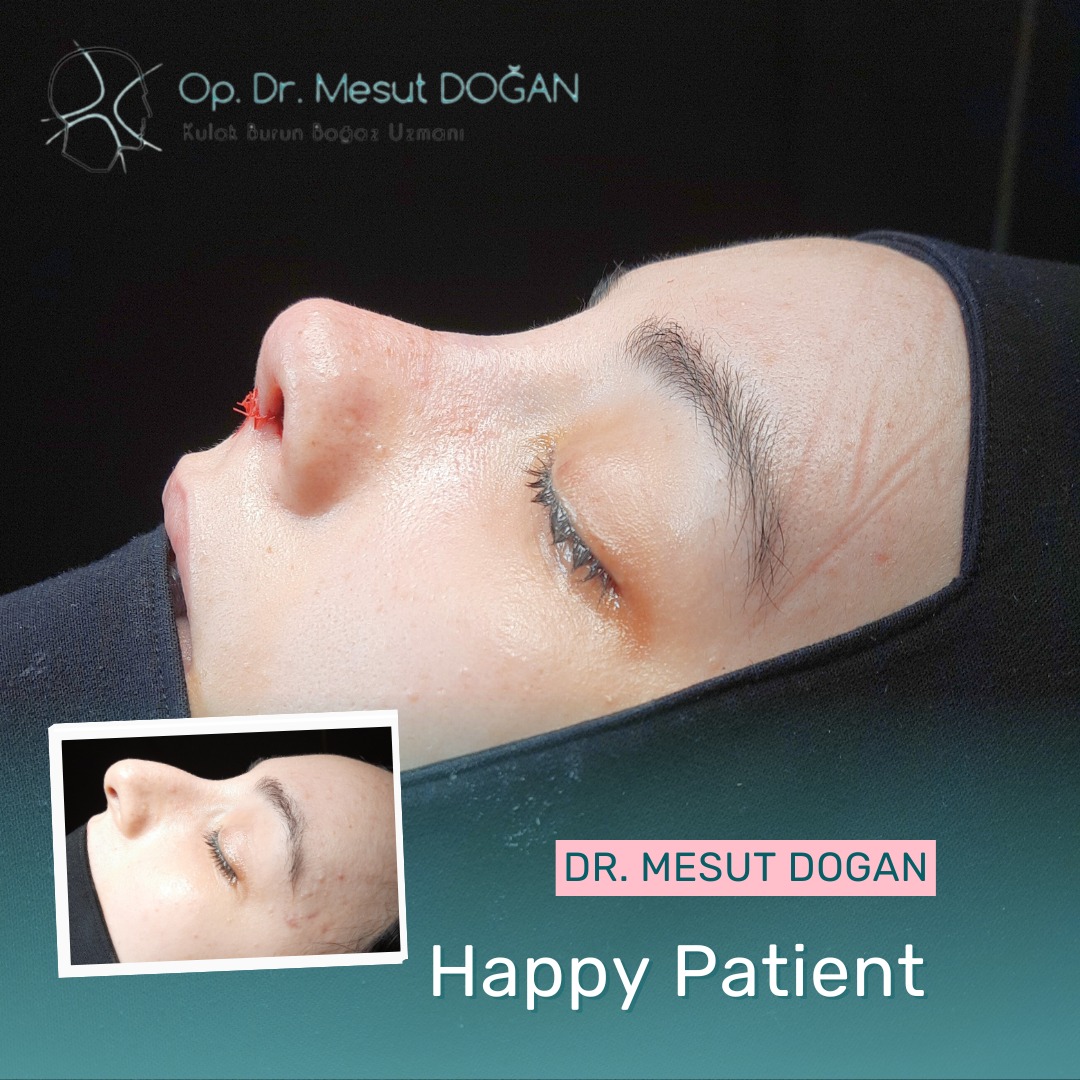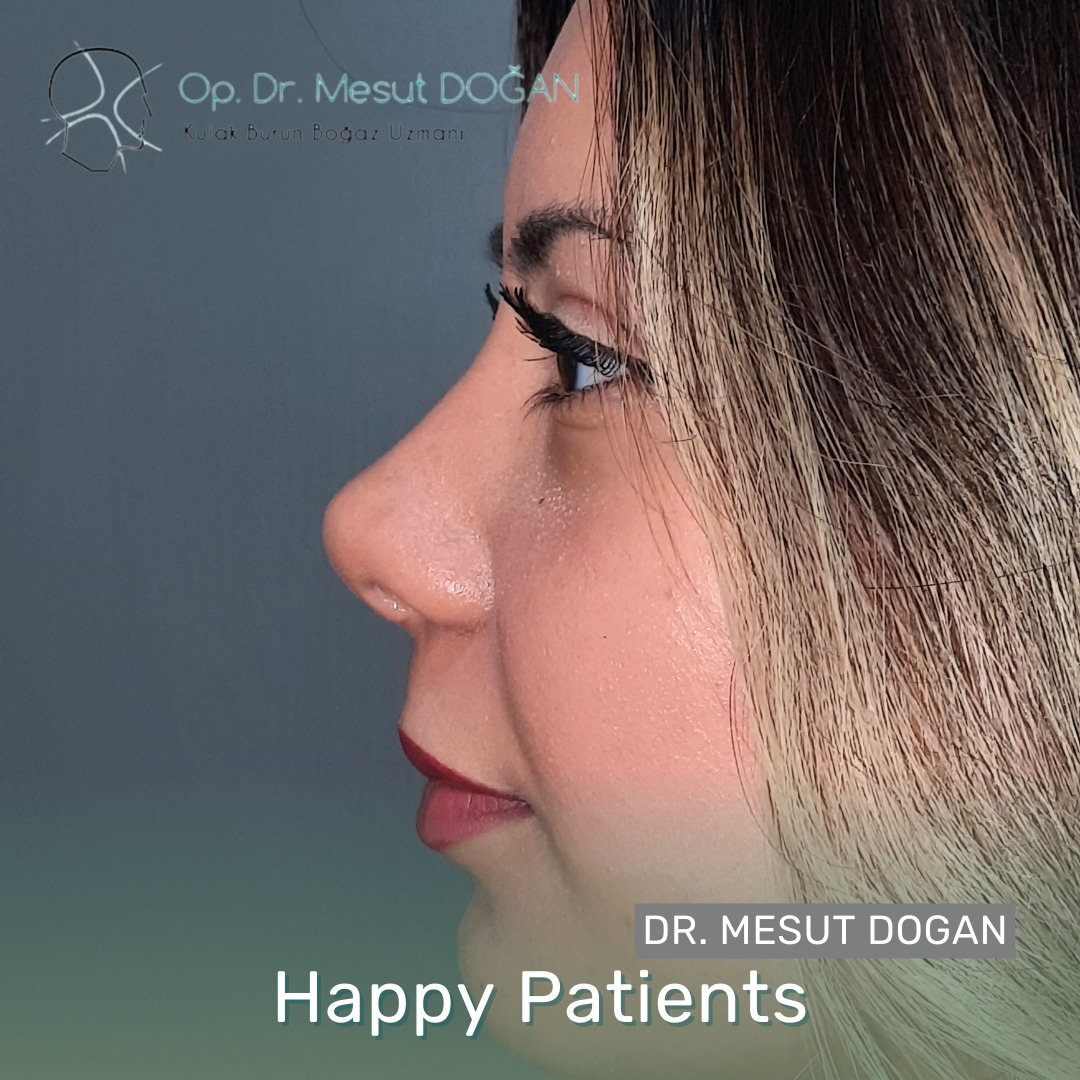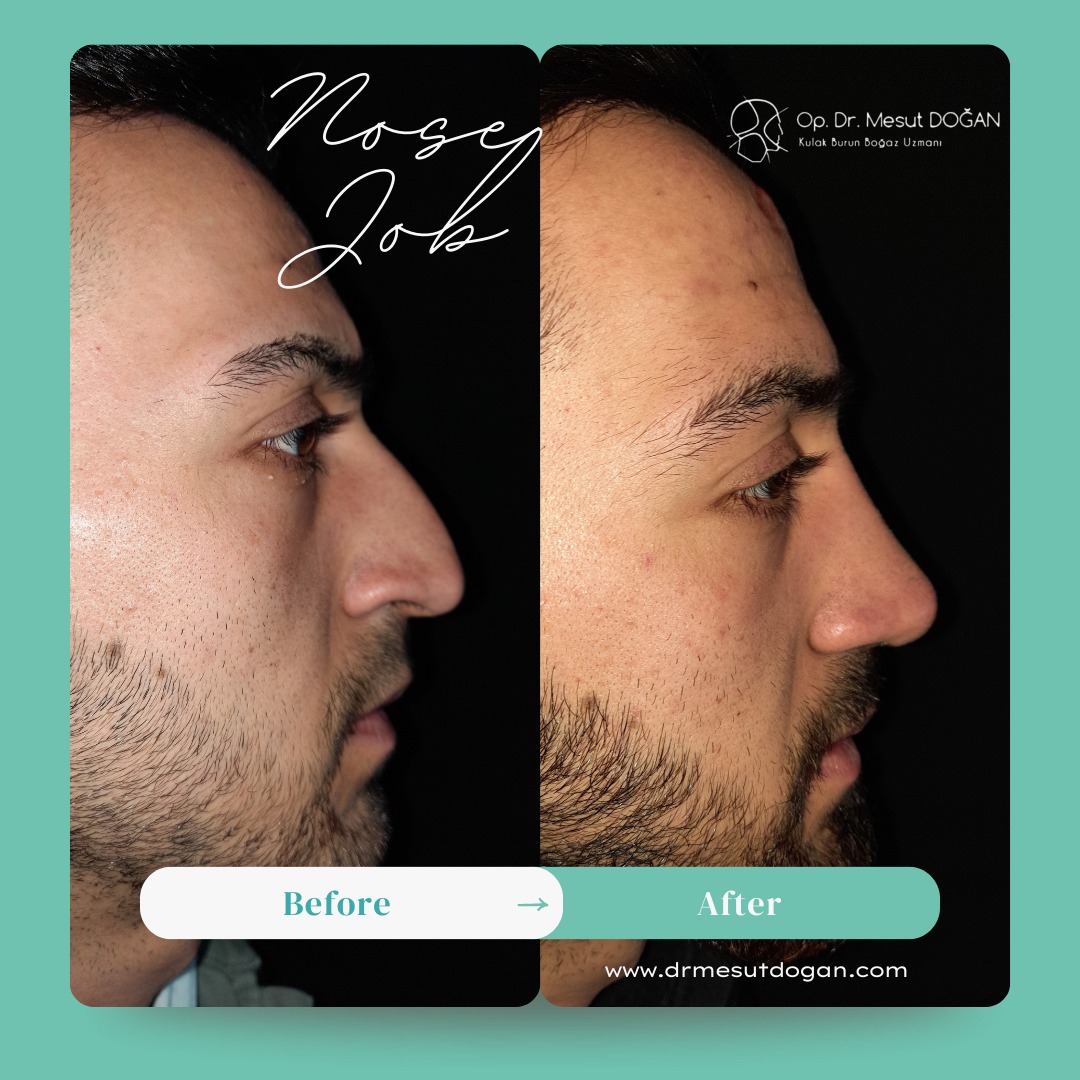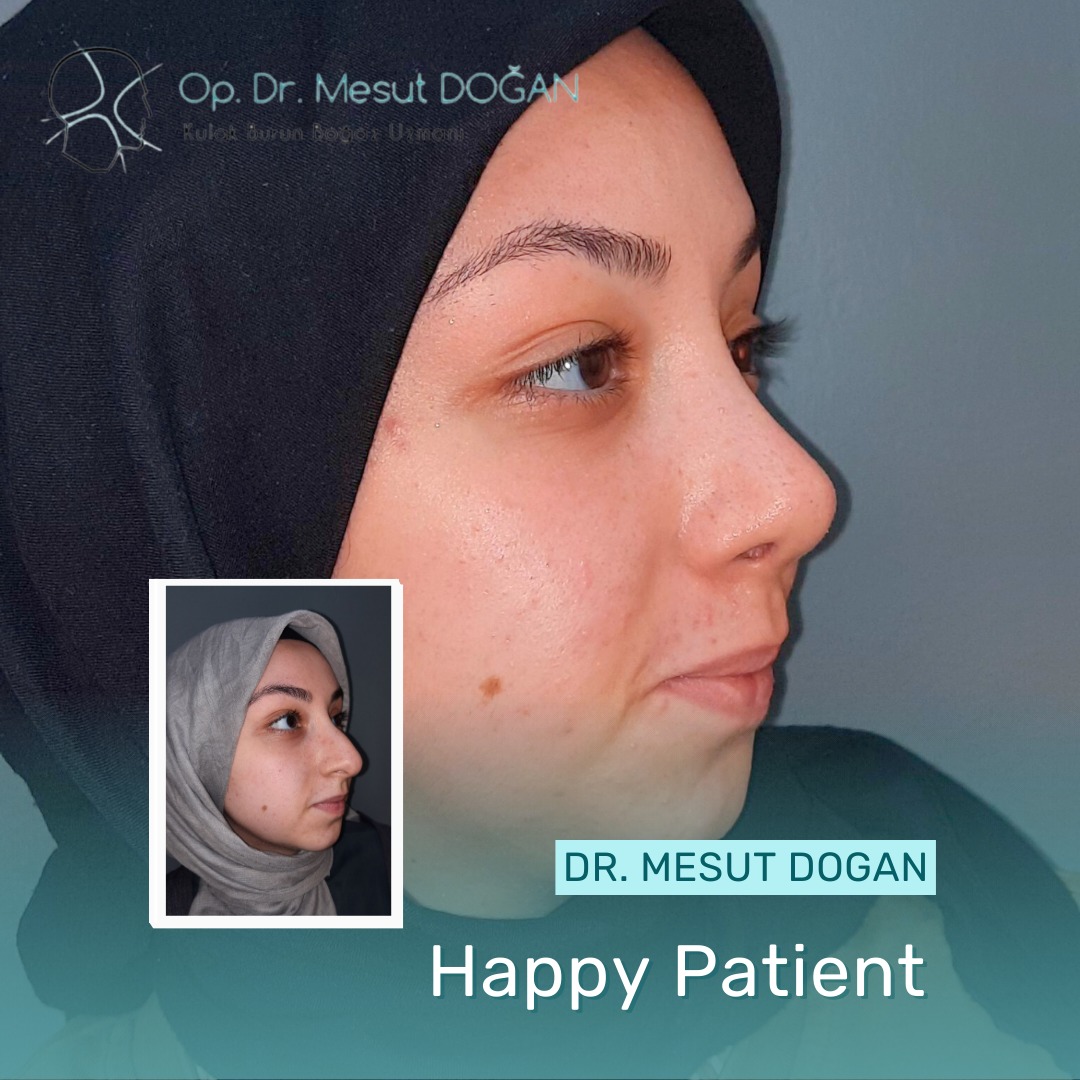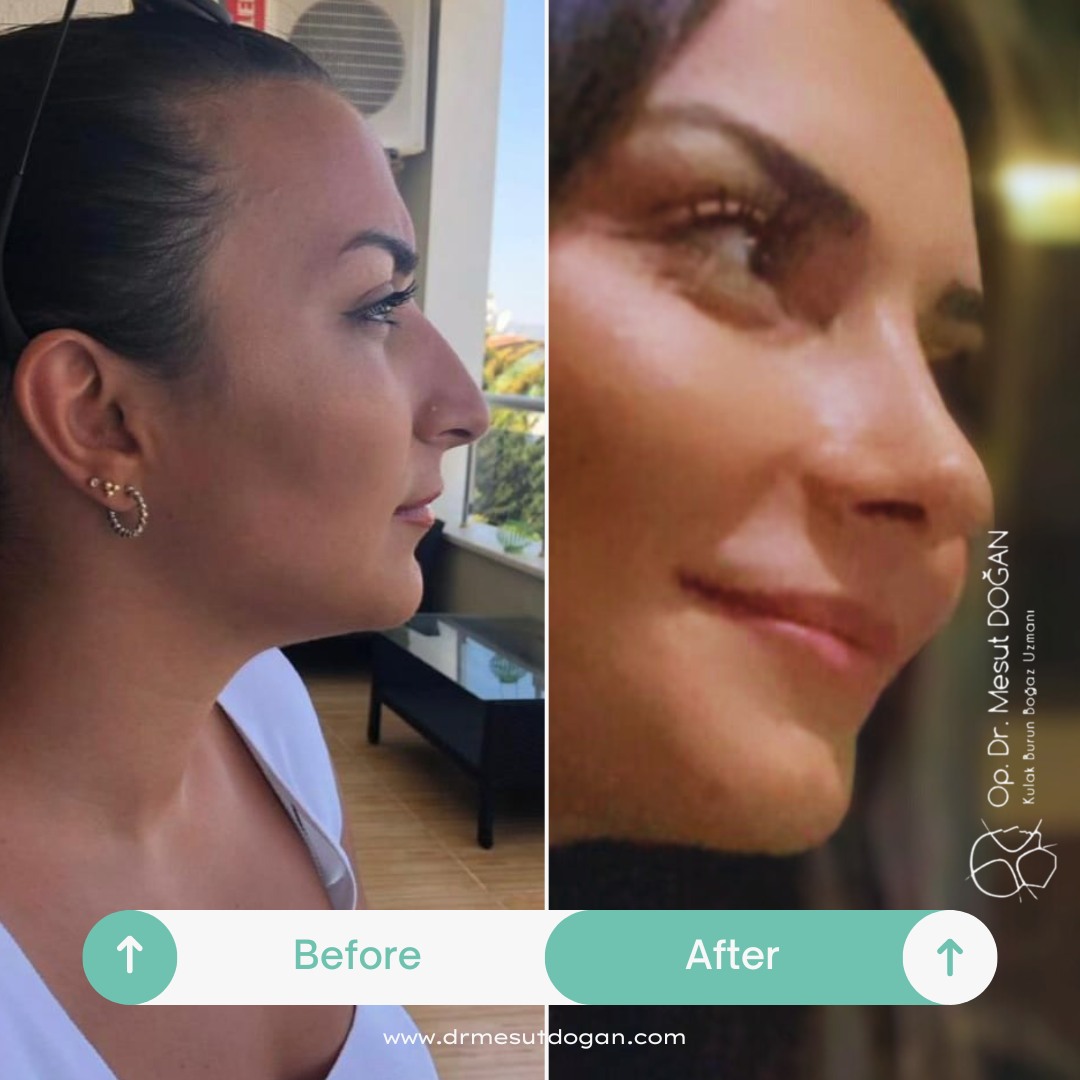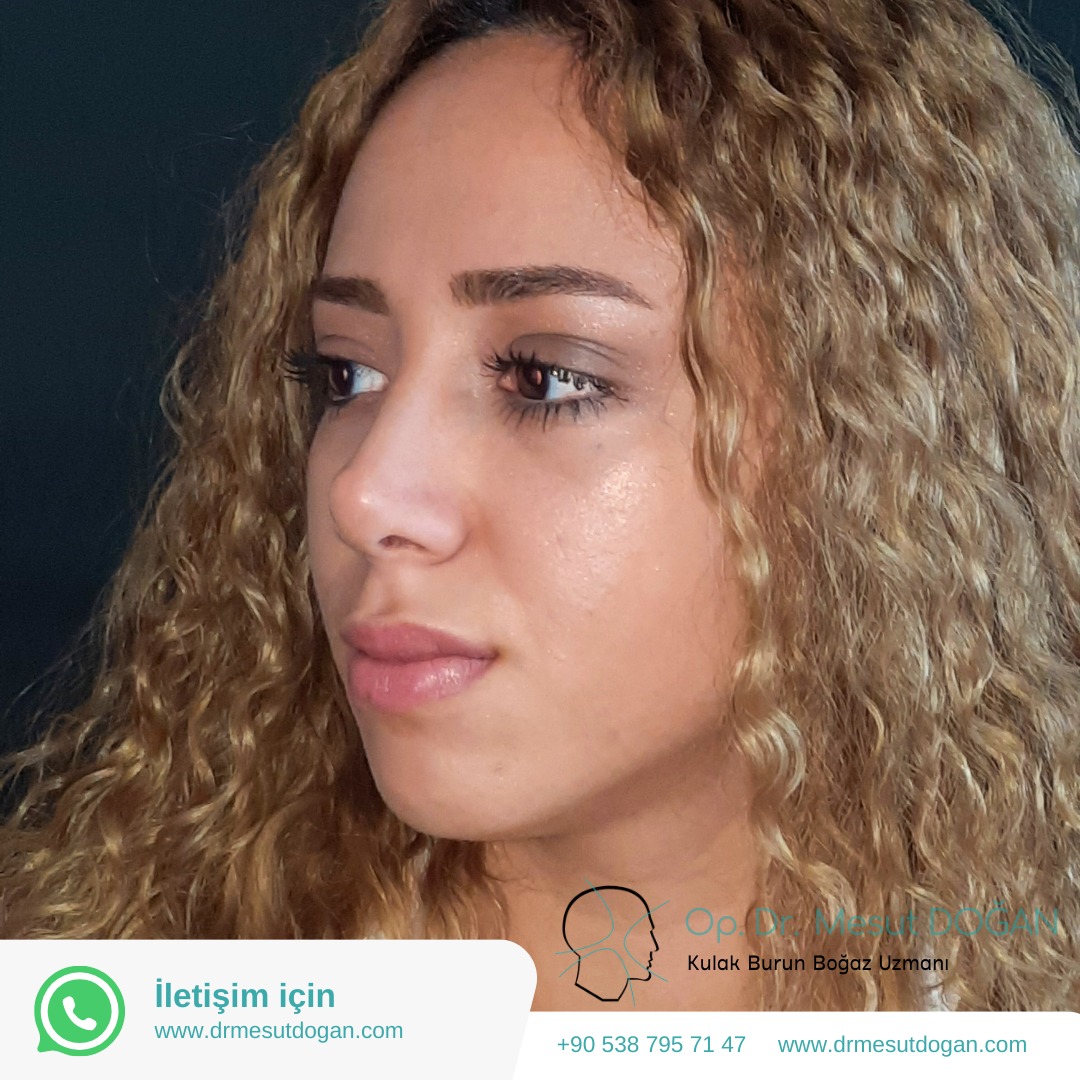Laryngeal Cancer (Throat Cancer)
The larynx, or voice box, is the structure at the entrance of the windpipe that regulates airflow during breathing. It consists of three main parts: the supraglottis (upper larynx), vocal cords (glottis), and subglottis (lower larynx). Cancer that develops in any of these areas is referred to as laryngeal cancer. The most common type is squamous cell carcinoma.
The leading cause of laryngeal cancer is smoking—present in 94% of cases. Other risk factors include gastroesophageal reflux disease (GERD) and poor oral hygiene.
SYMPTOMS OF LARYNGEAL CANCER
Symptoms vary depending on the tumor’s location, but the three main warning signs are:
- Hoarseness
- Shortness of breath
- Difficulty swallowing
One or more of these symptoms may appear simultaneously. Additional signs may include:
- Ear pain
- Neck mass or swelling
If these symptoms are present, the ENT specialist will perform an examination. If laryngeal cancer is suspected, a biopsywill be taken from the affected tissue. A definitive diagnosis is made after evaluation by a pathologist.
TREATMENT OF LARYNGEAL CANCER
Treatment involves a multidisciplinary team of ENT specialists and oncologists. The plan is based on the tumor’s size and stage. Treatment options include:
- Surgery
- Radiotherapy
- Combined therapies (chemoradiation or surgery + radiation)
- Reduce pain
- Preserve speech
- Allow comfortable eating and breathing
- Prevent progression to advanced stages or treat it effectively if already advanced
LARYNGEAL CANCER SURGERY
The surgical approach depends on the location and extent of the cancer.
- If the tumor is limited and does not affect the vocal cords, arytenoid bands, or base of the tongue, a partial laryngectomy (removal of part of the larynx) may be performed.
- This can also be applied if only one vocal cord is involved.
- If both vocal cords or the area connecting them are affected, a total laryngectomy (complete removal of the larynx) is required.
- During this operation, affected lymph nodes and surrounding neck tissues are also cleared.
CAN LARYNGEAL CANCER PATIENTS SPEAK AFTER SURGERY?
The larynx not only regulates breathing and swallowing but also plays a crucial role in speech.
- If only part of the larynx is removed or if radiation therapy is used, mild hoarseness may occur.
- If the entire larynx is removed, patients lose natural voice function.
However, speech can be restored using one of the following methods:
- Esophageal speech (producing sound by swallowing air)
- Electrolarynx (a handheld vibrating device)
- Voice prosthesis (a valve placed between the windpipe and esophagus)
Patient Reviews
I chose Dr. Mesut Doğan for my rhinoplasty operation, and I’m incredibly satisfied with the result. I now have a nose that looks natural and suits my face perfectly. He was attentive throughout the entire process, both before and after the surgery. I’m so glad I chose him!

I had been unhappy with my nose for years but kept postponing surgery out of fear. Thanks to Dr. Mesut Doğan, I was able to overcome all my fears. A natural appearance and being able to breathe comfortably were very important to me — and he delivered both. I’m truly grateful to him and his team.

I did extensive research on rhinoplasty and decided that Dr. Mesut Doğan was the right choice. From the very first consultation, he and his team made me feel confident and reassured. After the surgery, I achieved an excellent result both aesthetically and functionally. I’m so glad I met you, doctor!

I consulted Dr. Mesut Doğan for rhinoplasty and the result exceeded all my expectations. My nose looks so natural that no one can even tell I had surgery. He was by my side with his warm attitude and professionalism at every stage of the process. Endless thanks!

I had been unhappy with both the appearance of my nose and breathing problems for a long time. After meeting Dr. Mesut Doğan, I knew I had made the right decision. My surgery went very smoothly, and I’m extremely happy with the way I look now. I wholeheartedly recommend him to everyone.


